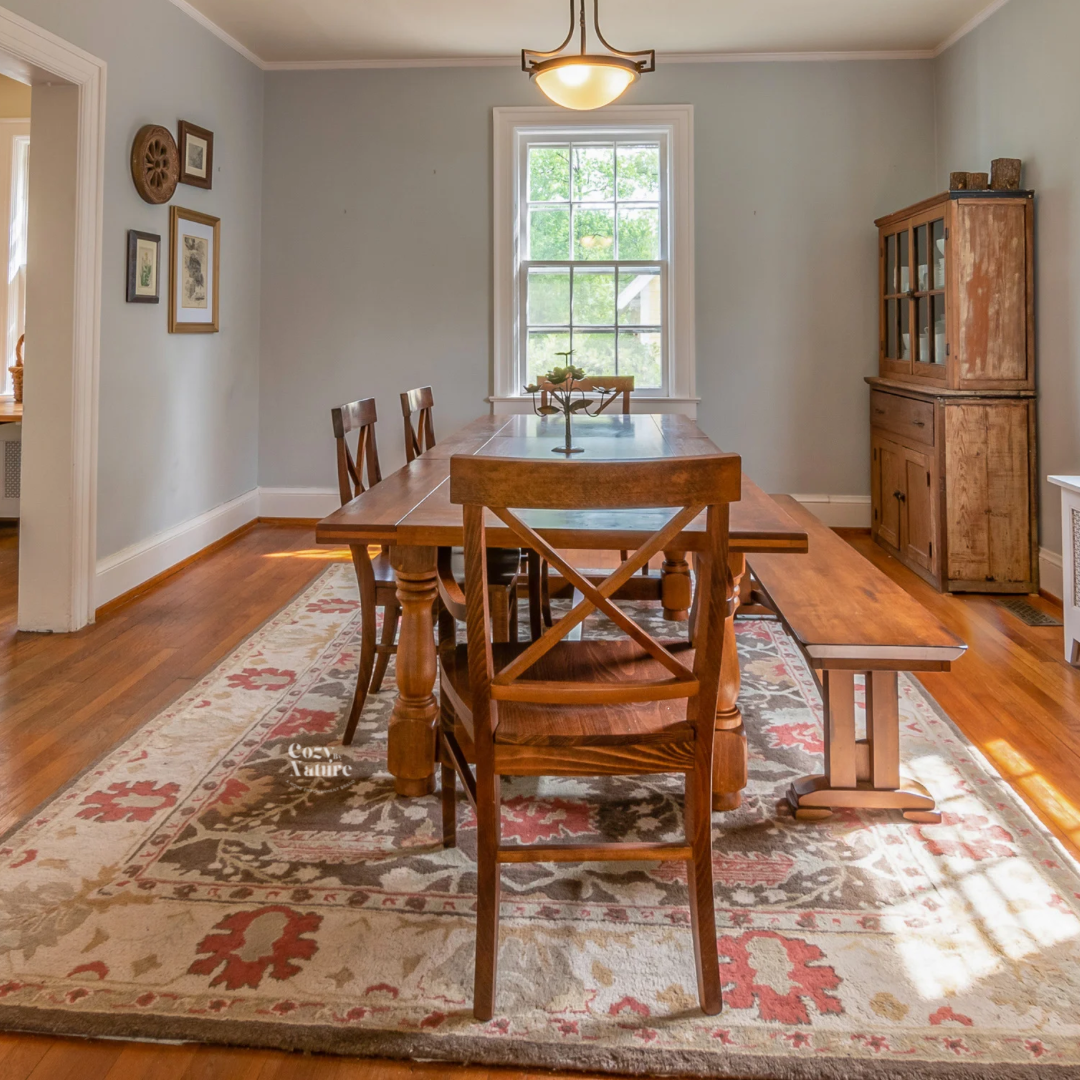Designing Imperfection: How to Embrace the Unique in Your Home
Pieces that show signs of use or age often have stories to tell, giving your space a sense of history.
When it comes to designing a home that feels authentic and full of character, it’s essential to embrace imperfections. But before we dive into why these imperfections are valuable, let’s take a moment to define what they are. Imperfections can vary greatly depending on personal perspective, but they often include elements like:
Unwanted features in a home or apartment: These might be odd architectural quirks, dated fixtures, or layouts that don’t conform to modern standards.
Old furniture with scuff marks or wear: Pieces that show signs of use or age often have stories to tell, giving your space a sense of history.
The mindset that perfection is the ultimate goal, rather than authenticity: The unrealistic notion that everything in your home—and in your life—must align with an ideal standard or "invisible mold" we often create in our minds.
Instead of trying to hide, replace, or erase these elements, there’s an opportunity to celebrate and elevate them. By doing so, you can transform your home into a space that’s truly one of a kind—a reflection of your personality, values, and experiences.
How Imperfections Add Character
Imperfections tell a story. A scratch on a table might recall years of family dinners, while an unusual floor plan could reflect the unique history of the building. These elements add depth, warmth, and a sense of lived-in comfort that new and pristine spaces often lack.
For instance, consider an old brick wall with uneven texture or faded paint. Rather than covering it up, leaving it exposed can highlight its charm and originality. The same applies to worn leather furniture, where every mark becomes part of its unique patina.
How Imperfections Create Authenticity
Authenticity in home design comes from breaking away from the idea of perfection and instead leaning into what feels real and true to you. When you allow the "flaws" in your home to shine, you create an environment that feels more relatable and inviting—not just to yourself but to anyone who enters.
This authenticity isn’t just about aesthetics; it’s about mindset. Embracing imperfection helps foster a deeper connection to your space. You begin to see your home not as a project to be perfected but as an evolving, living entity that grows with you.
Elevating Imperfections
So how do you take something imperfect and make it beautiful?
Highlight Quirks: Frame an awkwardly placed window with dramatic curtains to turn it into a statement feature.
Repurpose and Renew: Sand and refinish an old wooden table, or leave the imperfections as they are for a rustic look.
Layer in Contrast: Pair old, imperfect items with sleek modern decor to create balance and intentionality.
Consider Wabi-Sabi: Take inspiration from this Japanese aesthetic that celebrates transience and imperfection, using natural, weathered, and asymmetrical elements to create beauty.
By shifting your perspective, you’ll discover that imperfections aren’t flaws—they’re opportunities to tell your story and create a home that is uniquely, unapologetically yours. Let these distinctive elements guide your design process, and you’ll find that your home’s character and authenticity naturally emerge
